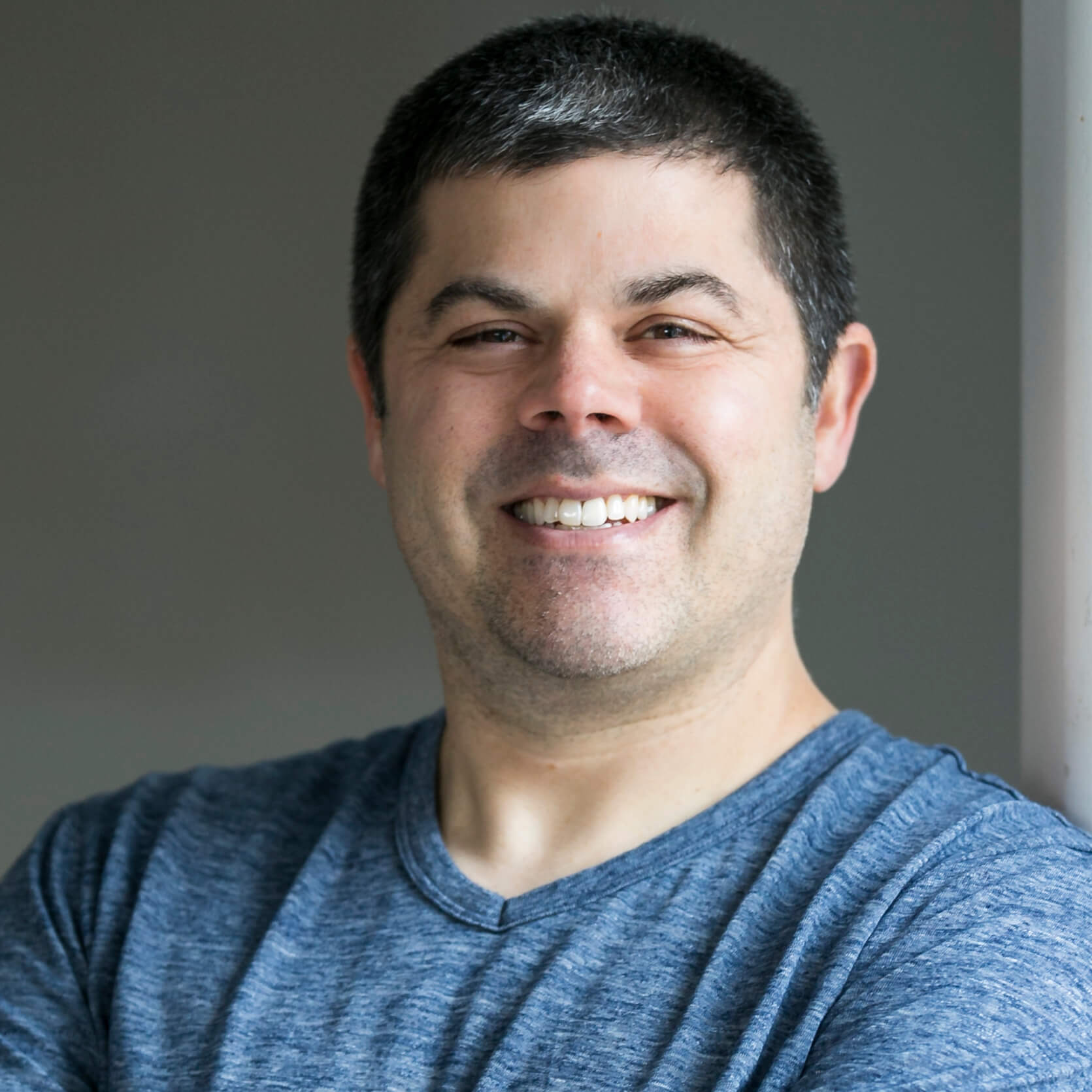The beginnings of my implant journey
I have been surgically placing and restoring dental implants for over twenty years. During this time, the industry has exploded with new inventions and materials, and I have adapted to these drastic changes with improved workflows and techniques.
To dive deeper, I found that the surgical placement and sometimes restoration of dental implants used to be one of the more stressful procedures I performed. Why? When I first started, most of my implants were planned using 2D technology and surgically placed with non-guided freehand techniques. I would use a PA or Panoramic X-ray to evaluate the anatomy and then prep my osteotomy. I would hope and pray that the implant was placed correctly and restoratively satisfactorily. Most of the time, it worked out, but sometimes, it didn't.
Back then, my protocol was to submerge and bury the implants at the time of placement and uncover them six months later. After a few weeks of soft tissue healing around the healing cap, I would seat an open tray impression coping, cut a hole in the plastic tray, and impress with analog polyvinyl impression material. Before the material started to set, I had to hustle to make sure the impression coping’s screw access was visible through the open area in the tray so it could be unscrewed. Then, the impression with the coping inside would be pulled out and the healing cap replaced onto the implant.
The impressions were disinfected and sent to the lab via mail. I would have the lab fabricate a custom castable abutment with cement-retained porcelain fused to a metal crown. When I inserted the case, either a temp cement or an “implant” resin cement was often used. Sometimes I would make a pfm screw-retained crown and cover the abutment screw with cotton and try to match the shade of the crown with some composite.
Changes in Implant Dentistry
Now, in 2024, my mindset and protocols for placing and restoring implants have competently changed since I first got started back in 2004. Implants have become less stressful and one of the most enjoyable procedures I do all day in my general practice. This is primarily due to 3D virtual planning, guided implant surgery, and new restorative materials.
My implant surgeries are quicker and more precise than when I was freehanding. Due to the latest techniques and materials, the restorations are more aesthetic.
My current protocol and go-to implant restoration is a full zirconia screw-retained crown. I can do this in most posterior cases and some anterior cases. However, if needed, I will use a custom abutment and cement-retained crown, but I would prefer not to have to cement the implant crown and favor screw-retained methods.
Let's look at a case: #14
After scanning the implant with my intraoral scanner and scan-body, the case is sent through a portal to the lab for fabrication. A few weeks later, on the day of insertion, I will remove the healing cap with my favorite restorative torque driver and rinse the implant platform with Chlorhexidine.
 |
 |
 |
Checking the flossing contacts
Using the lab-provided abutment screw, I will first tighten it by hand and then check the flossing contacts. If I struggle to get the floss through, I remove the implant crown and use a green stone to adjust the proximal contacts. I will repeat this until I get a nice passive snap with the floss.
 |
 |
This can sometimes be tedious and time-consuming, but it ensures that the crown and abutment are fully seated when correct. When I am confident that I have it fully seated, I take an X-ray to confirm.
 |
Final Implant Crown Insertion
Upon my final insertion protocols, I use a brand-new, unused screw and torque it to the manufacturer's recommended torque. I do this several times and then pack in my Teflon with a ball burnisher.
 |
 |
As you can see in the above images, I initially used too much Teflon in this case. I ended up cutting some of it off and replacing it. The key is to be sure you have enough height for the composite. I like to leave 2-3mm of vertical height for the composite to have some strength and enough surface area to bond to the crown.
Access hole coverage
One of the challenges in the past was the aesthetics of sealing off the access hole screw chamber. Some patients would complain the access hole looked gray or dark, and I even had a patient call in, thinking they had a silver filling or a cavity.
But now, this is not an issue. I use full zirconia crowns over a stock or milled abutment. My go-to access hole filling material is OMNICHROMA BLOCKER, which covers any metal color of the abutment, light cures, and a final layer of OMNICHROMA Flow BULK to fill the access hole.
I light cure, adjust, and then check the occlusion to ensure no direct occlusal contact with the composite in the access hole. I will then polish it and show it to the patient. They often can’t even tell where the access hole was, as the poly-chromatic one-shade properties of the OMNICHROMA composites help it blend right in.
 |
 |
Conclusion
Knowing that you need only a simplified workflow using the latest technology and innovative brands, to get predictable, esthetic, and functional results, makes for a happy patient and an even happier, stress-free dentist.

